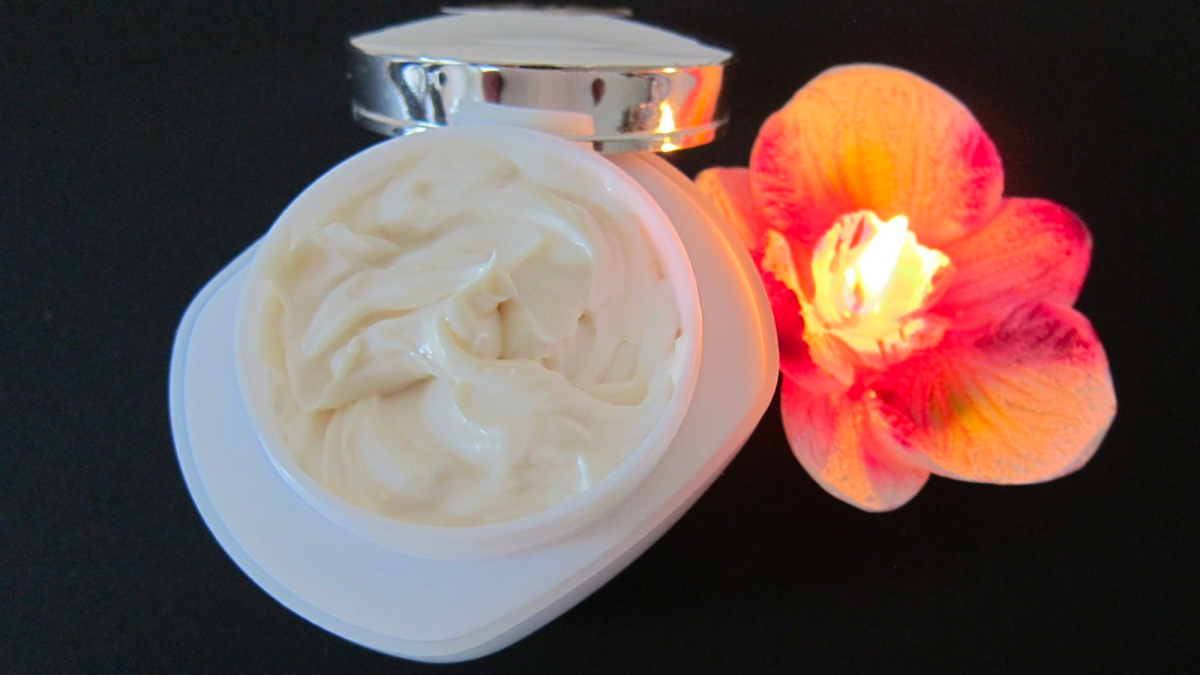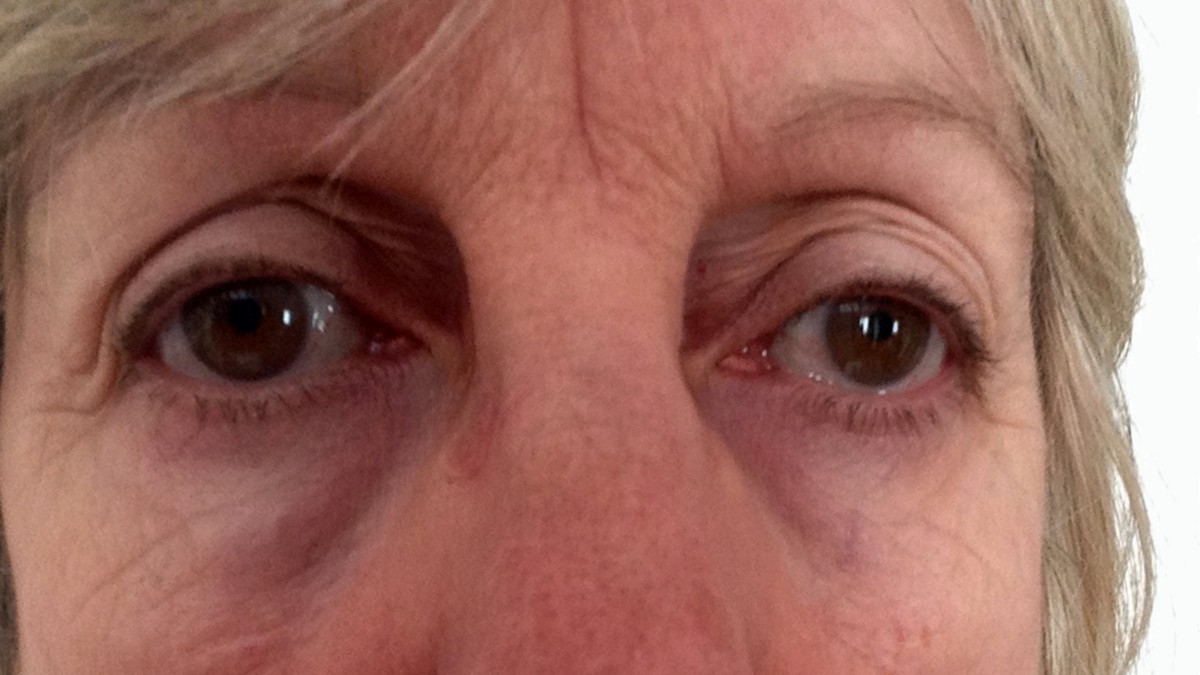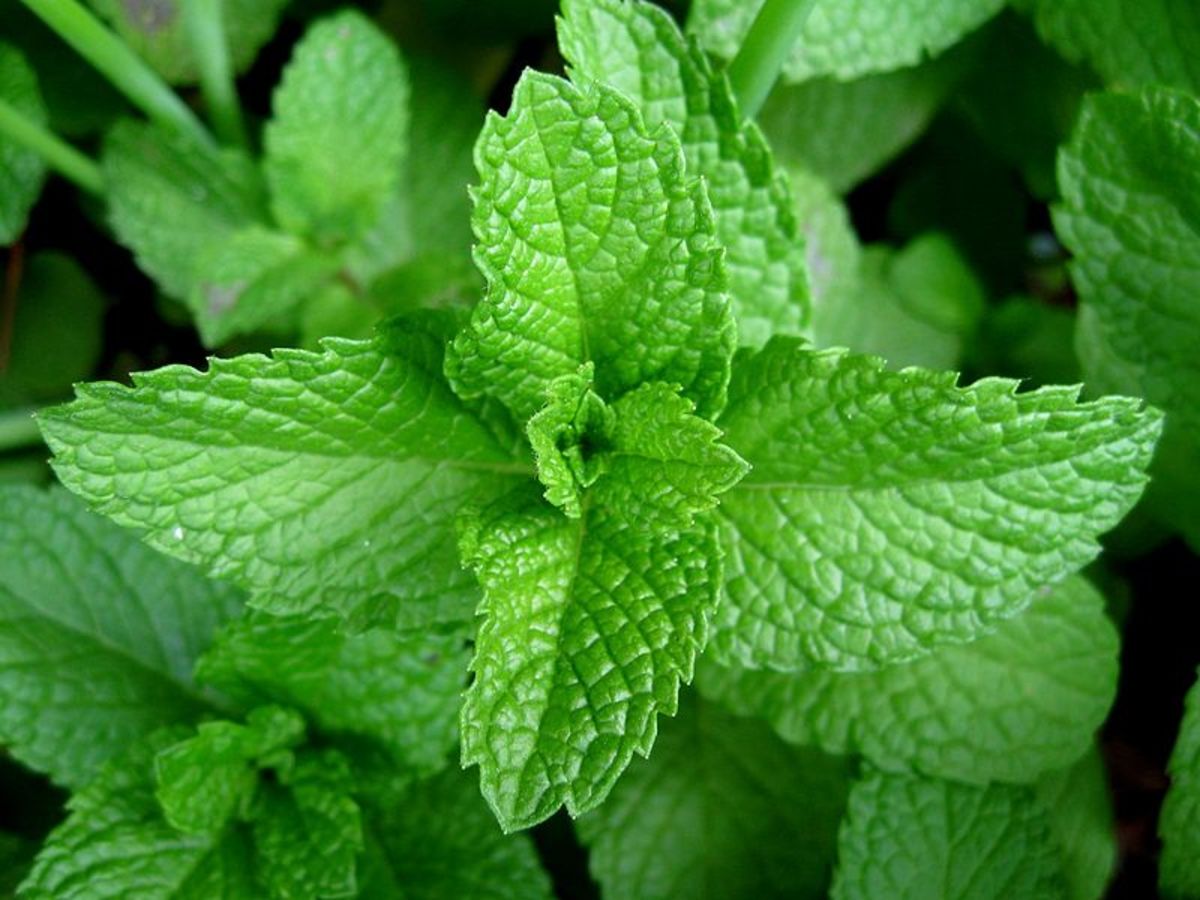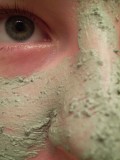Protect and Preserve Your Skin with Moisturizers
Moisturizers are preparations that preserve skin's natural moisture and consequently its soft, silken texture.
They work primarily by trapping moisture in the uppermost layer of the skin so it feels softer and smoother. Most Moisturizers are blends of oil and water which replicate the skin's own hydrolipidic mantle. The richer creams are made by suspending droplets of water in oil while the finer milks are oil-in-water emulsions.
We tend to prefer the lighter preparations because they sink swiftly into the skin and leave no oily residues behind. Being rich in water, these preparations deliver instant softness, but dry atmospheres also take this moisture away from the skin so their benefits are usually short lived. Creams rich in oils may feel a little heavier but they provide longer-lasting protection against the elements. Other ingredients can be added to this basic oil-and-water formula to boost its Moisturizing power.
Moisture magnets - These are substances that suck up water like sponges and can help to hold moisture in the skin. Cosmetic companies favour ingredients like hyaluronic acid and sodium PCA but vegetable glycerine is a pure plant-derived alternative that works well too.
Super-saturates - Aloe vera comes from the leaves of a cactus which inhabits arid landscapes. As well as having amazing powers for absorbing and retaining moisture, aloe has soothing, antiinflammatory and healing properties. Using neat aloe vera juice or gel is like giving your skin a refreshing drink. It can also be blended into creams to create light but highly effective Moisturizers.
Inner strength - Essential fatty acids can be taken up by the skin and used to strengthen and rebuild the membranes that hold moisture in the cells. Some of the richest plant sources are flax, hemp, evening primrose, borage, walnut and sunflower seed oil. As essential fatty molecules are easily destroyed by heat, light and exposure to air, they must be kept in tinted bottles and stored in a dark cool place. Adding a little vitamin E to these oils also acts as a natural preservative.
Plant power - Many herbs are rich in softening substances. Comfrey is rich in allantoin which is renowned for its skin-enhancing qualities. The best Moisturizers are made with infusions of herbs like comfrey, marshmallow, elderflower and lime blossom.
How Much, How Often?
There are no hard and fast rules about Moisturizing. If your skin is healthy and cleansed kindly, its own protective barrier may require very little extra assistance when the temperature is mild and the air rich in moisture. Remember oily secretions diminish with age and skin may require more Moisturizing as time goes by. Changes in the seasons and going on holiday to countries with hot, dry climates may increase your skin's need for protection. A fluid formulation that disappears into the skin may be fine for the summer, but you may need a creamier, more protective preparation during the cold winter months. As the face and hands are exposed to the elements virtually all the time they are likely to need more Moisturizing than skin on other areas of the body.
Let your own skin be your guide. Providing it feels soft there is no need to slather on Moisturizing cream morning, noon and night.
- Liquid Assets - The Water and Skin Balance
Water is the essence of life. This element makes up 75 per cent of our body's composition, a legacy perhaps of our watery origins. Around 9 litres (16 pints) of water are present in the skin itself. When... - How to Use Oxygen to Improve Skin
We can live for several weeks without food, a day or two without water, but only a few minutes without air. Although it's invisible and untouchable, oxygen is all around us. The air we breathe is composed...








